Discover the 15 best plants for your bedroom to improve air quality and sleep. Expert tips from Ashley Scott with 10 years of gardening experience. Grow a healthier home today!

Hi there! I’m Ashley Scott, a passionate gardener with over 10 years of experience helping folks create healthier, happier homes with plants. Over the years, I’ve discovered that your bedroom isn’t just a place to sleep—it’s a sanctuary where the right plants can transform air quality, reduce stress, and even help you snooze better. Let’s dive into my top 15 picks for bedroom plants that purify the air, boost oxygen, and promote restful sleep.
How Do Plants Improve Your Bedroom Environment?
Before we get to the list, you might wonder: Why add plants to your bedroom? Here’s the science:
- Air purification: NASA’s Clean Air Study found that certain plants remove toxins like formaldehyde and benzene.
- Oxygen boost: Some plants release oxygen at night, perfect for fresher air while you sleep.
- Stress reduction: Studies from the Sleep Foundation show that greenery lowers anxiety and improves sleep quality.
What Makes a Plant “Bedroom-Friendly”?
Not all plants thrive in bedrooms. Here’s what I look for:
Calming fragrance (like lavender for relaxation).
Low light tolerance (most bedrooms aren’t sun-drenched).
Non-toxic (safe for kids and pets).
Air-purifying abilities (to filter common toxins).
Top 15 Plants for Your Bedroom
1. Snake Plant (Sansevieria trifasciata)
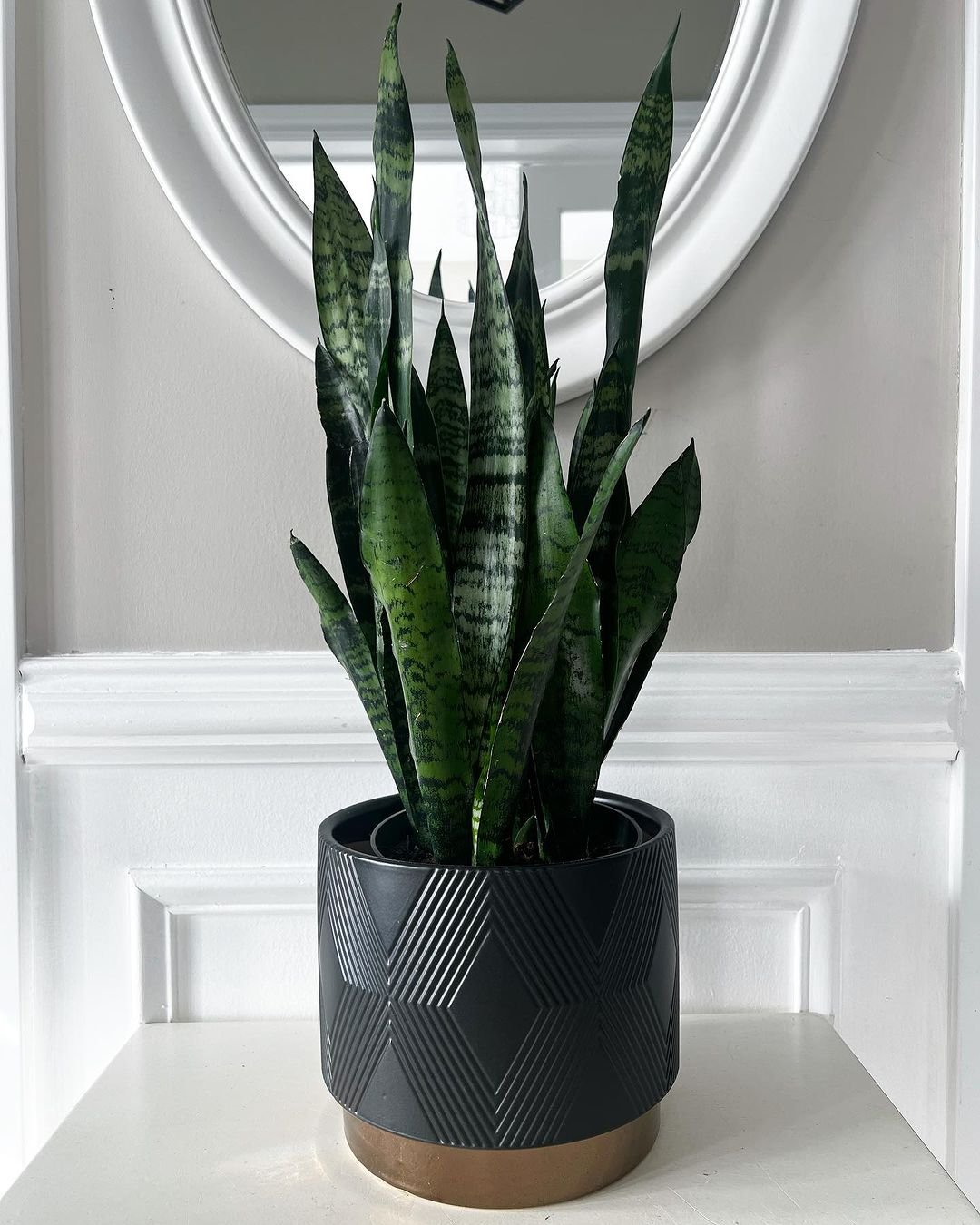
Why I Love It: The “bedroom superstar”! It’s one of the few plants that release oxygen at night, making it ideal for improving sleep. Plus, it’s nearly indestructible—perfect for beginners.
Care Tips: Water every 2-3 weeks; thrives in low light.
2. Lavender (Lavandula)
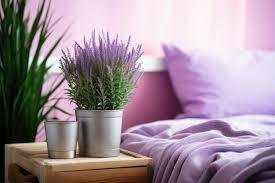
Why I Love It: Its soothing scent reduces stress and insomnia. I keep a pot near my window for a natural sleep aid.
Care Tips: Needs bright sunlight; water when soil feels dry.
3. Peace Lily (Spathiphyllum)
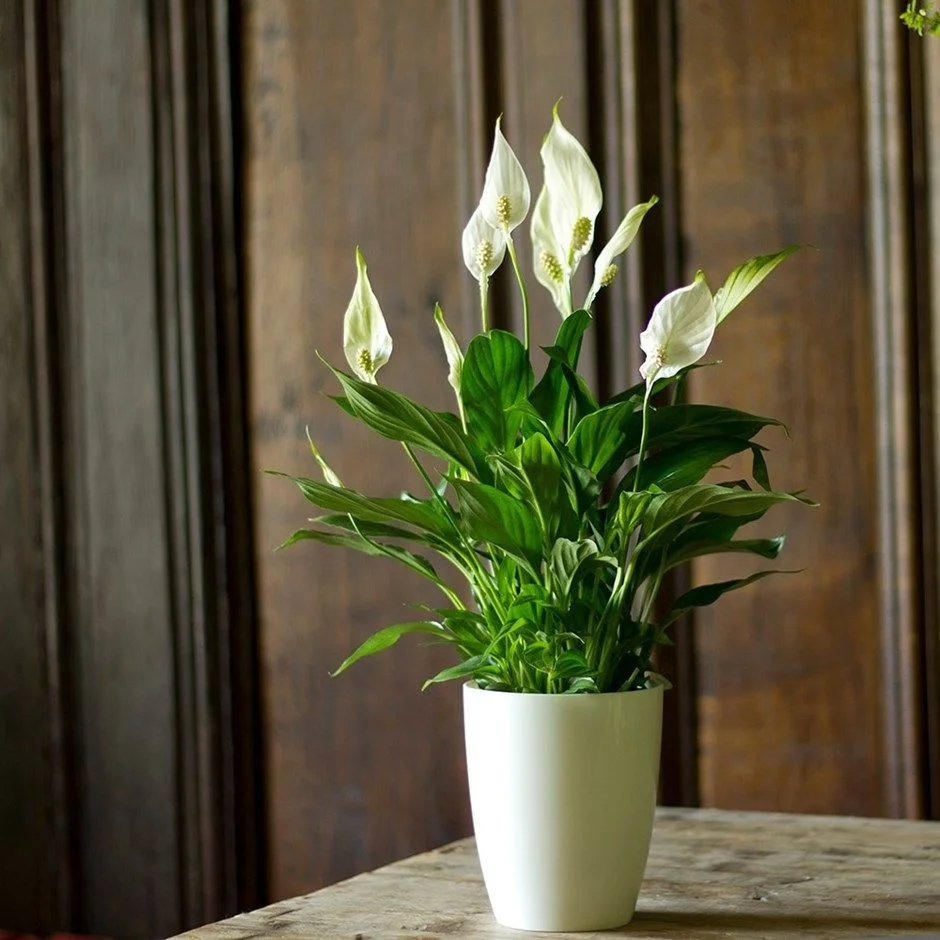
Why I Love It: Removes mold spores and toxins like ammonia. I noticed fewer allergies after adding one to my bedroom!
Care Tips: Keep soil moist; thrives in shade.
Read My article Peace Lily Meaning: Symbolism, Spiritual Significance, and Care Tips
4. Spider Plant (Chlorophytum comosum)
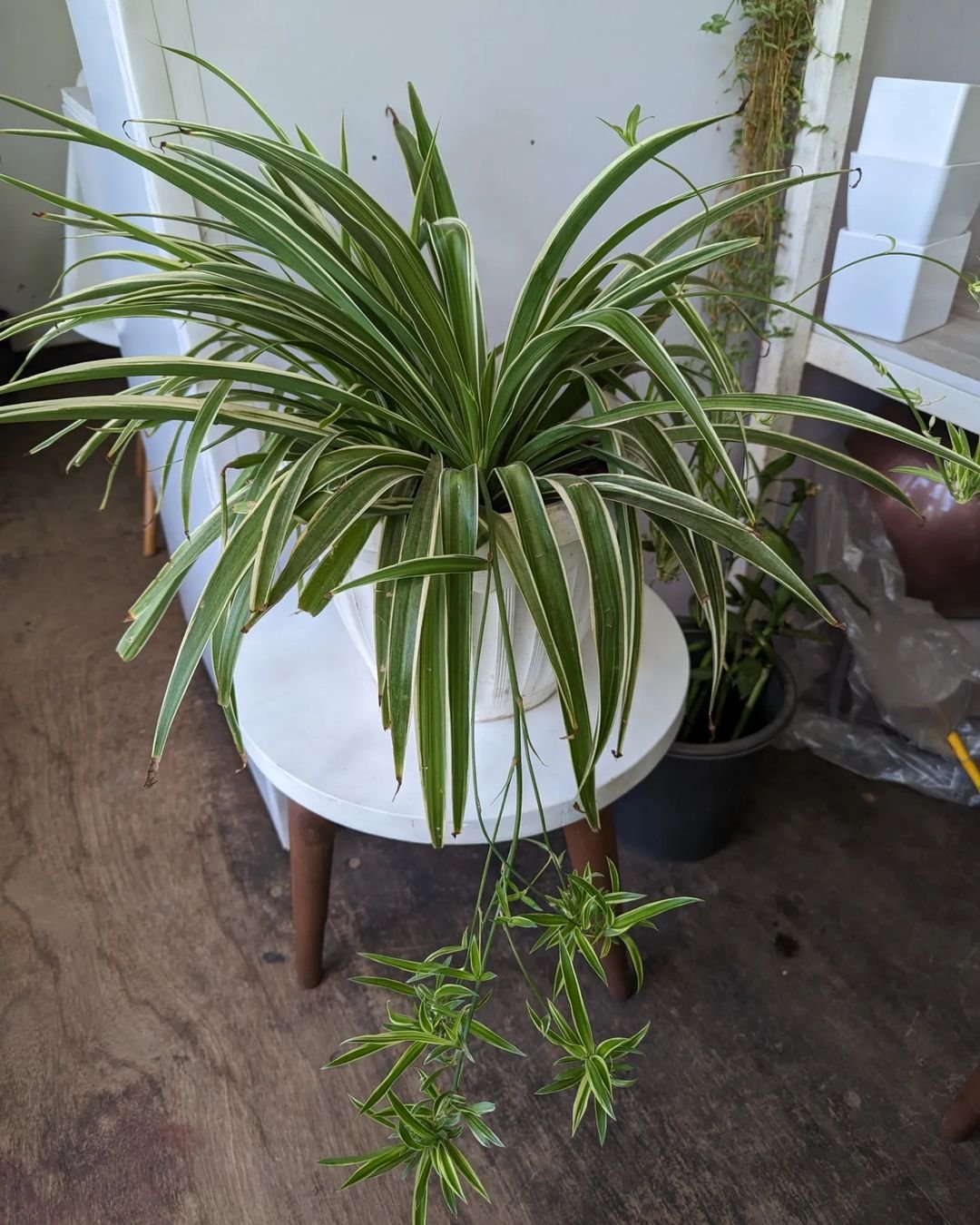
Why I Love It: A champion at removing formaldehyde (common in furniture). Safe for pets and easy to grow.
Care Tips: Water weekly; bright or indirect light.
5. Aloe Vera
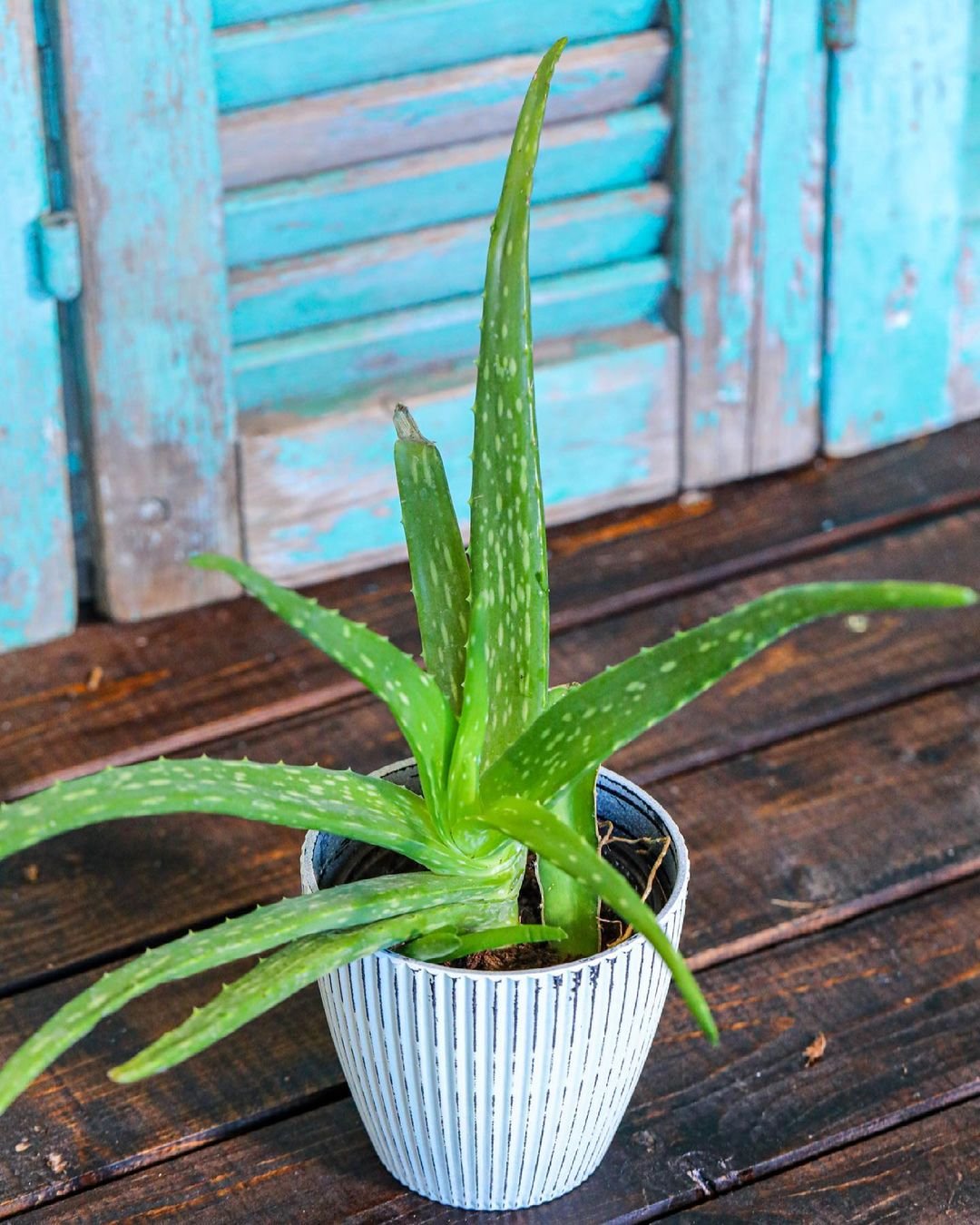
Why I Love It: Releases oxygen at night and soothes burns (my go-to for kitchen mishaps!).
Care Tips: Water sparingly; loves sunlight.
6. English Ivy (Hedera helix)
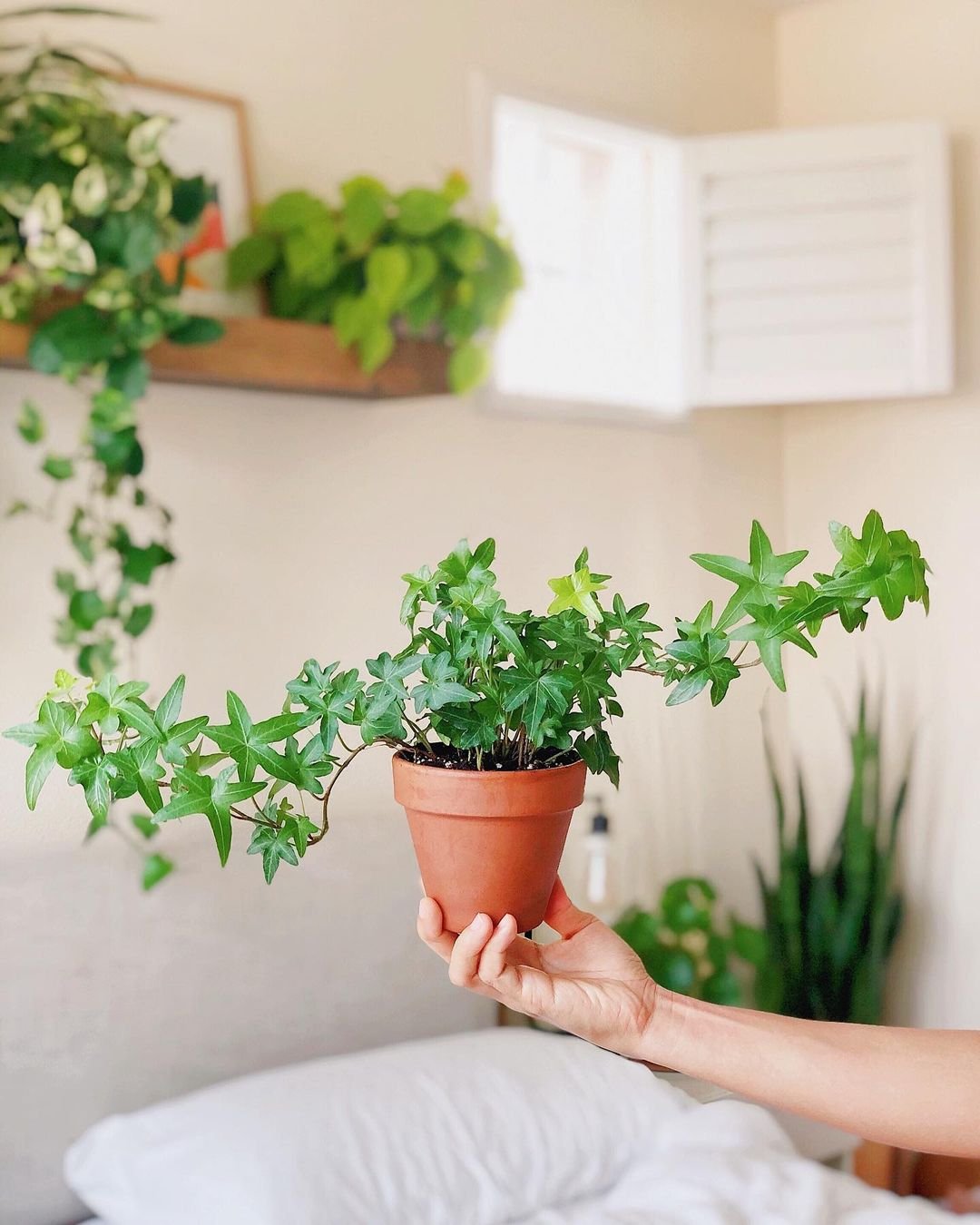
Why I Love It: Reduces airborne mold by up to 94% (great for humid climates!).
Care Tips: Mist regularly; moderate light.
7. Rubber Plant (Ficus elastica)
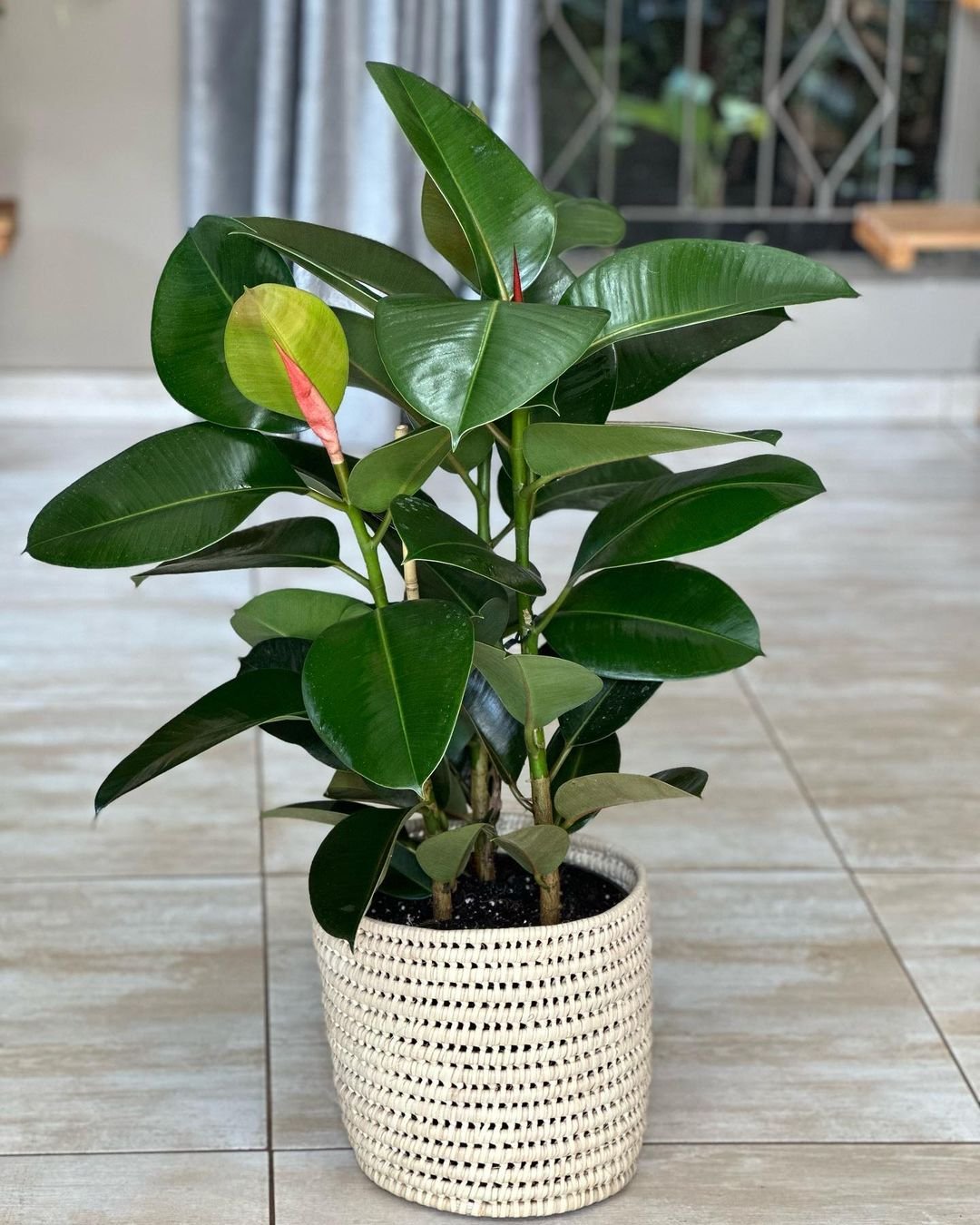
Why I Love It: Large leaves trap dust and toxins. Mine doubled as a stylish decor piece!
Care Tips: Water when soil dries; indirect light.
8. Pothos (Epipremnum aureum)
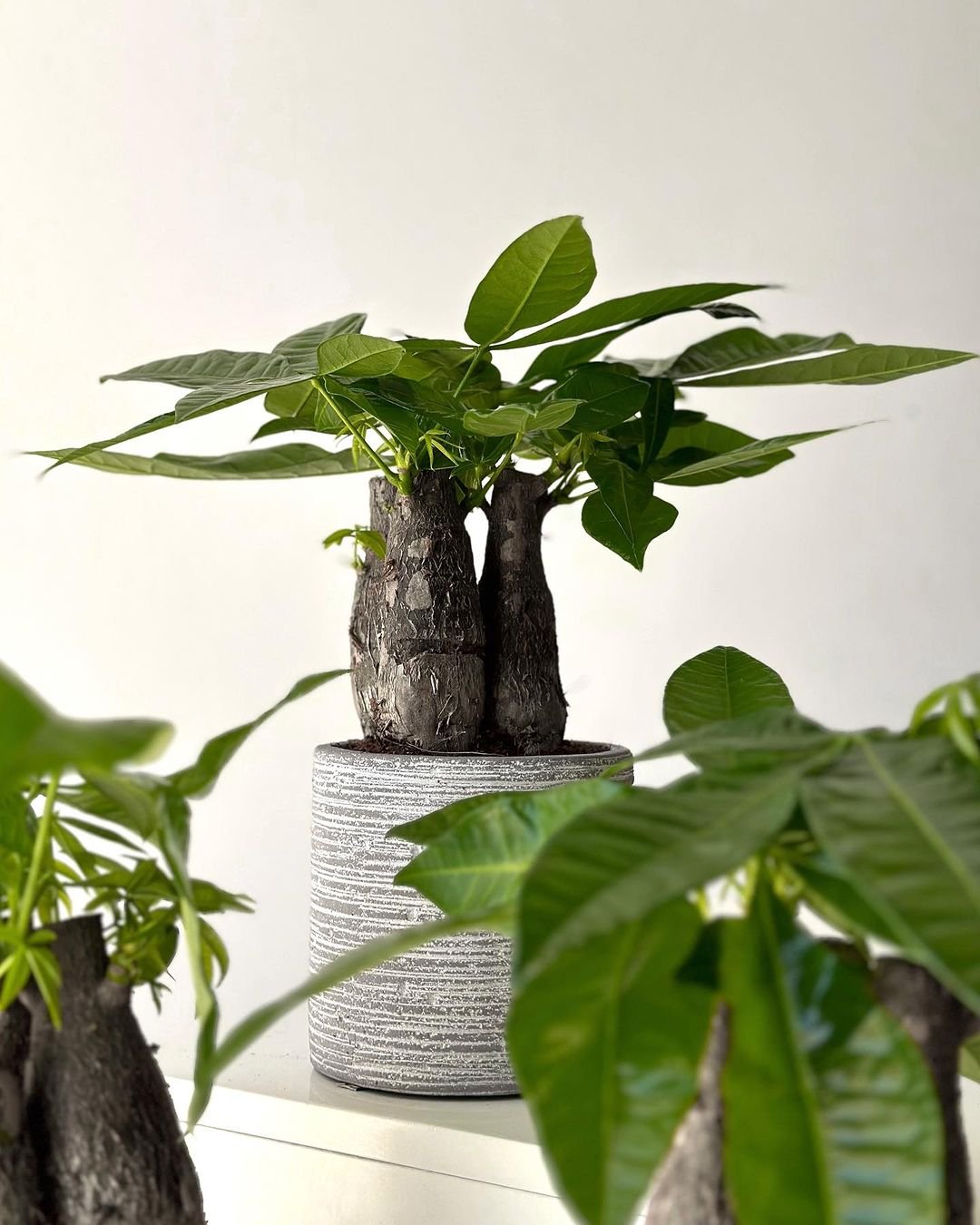
Why I Love It: Grows fast, even in dark corners. Perfect for hanging baskets!
Care Tips: Let soil dry between waterings.
Read My artcle Fertilizer for Pothos: Nurturing Your Vining Beauty to Perfection
9. Bamboo Palm (Chamaedorea seifrizii)
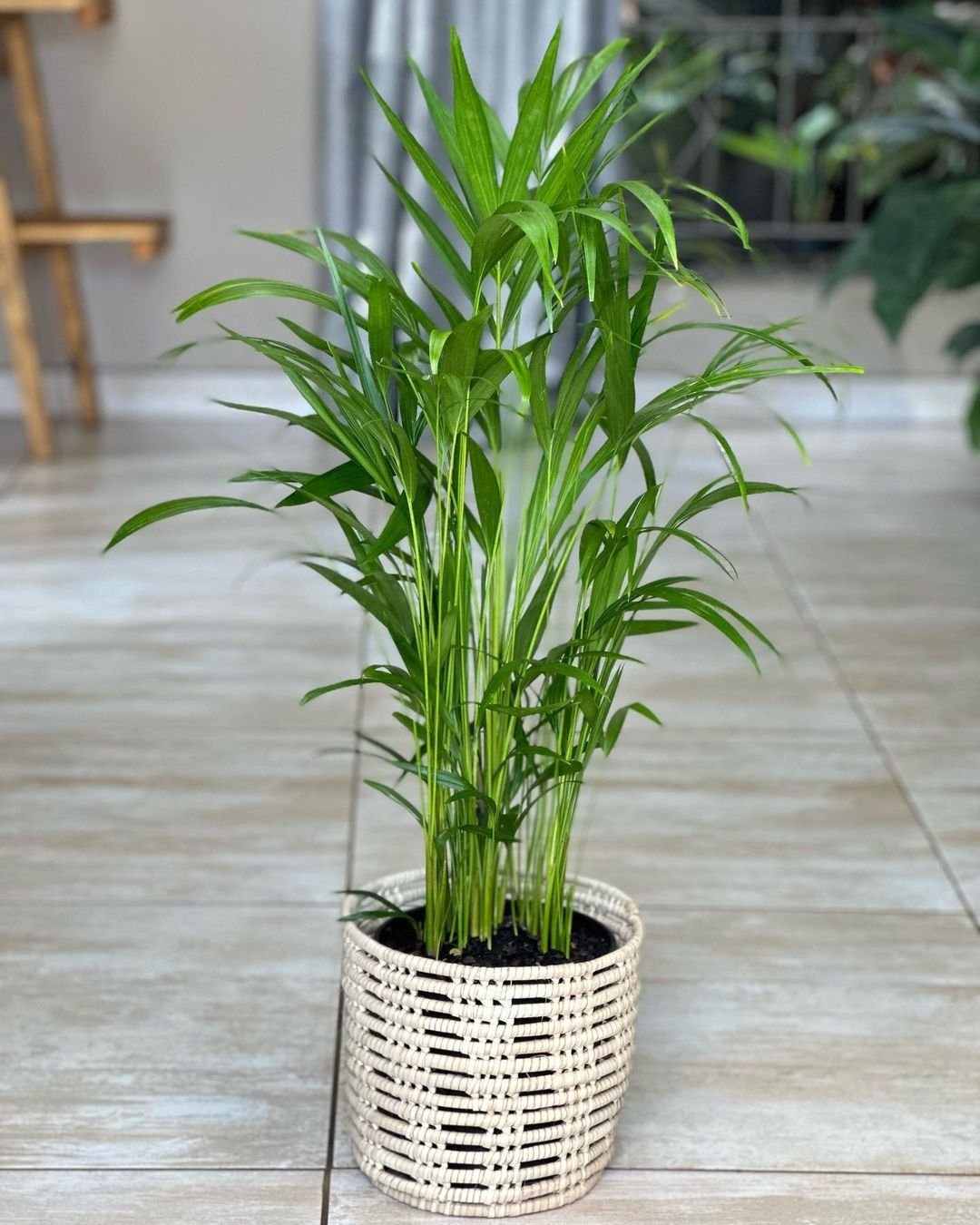
Why I Love It: Adds tropical vibes and filters benzene.
Care Tips: Keep soil damp; bright, indirect light.
10. Jasmine (Jasminum)
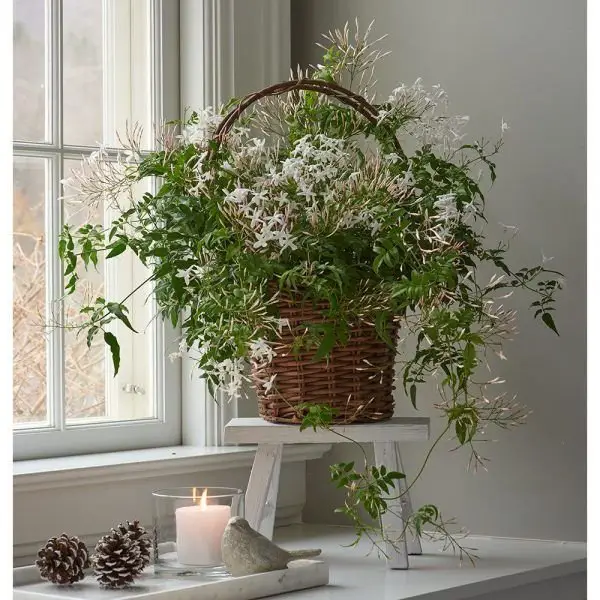
Why I Love It: Its sweet fragrance is linked to reduced anxiety and deeper sleep.
Care Tips: Needs full sun; water regularly.
Read My aricle Jasmine Plant Indoor: Ultimate Care Guide for Fragrant Blooms
11. Philodendron
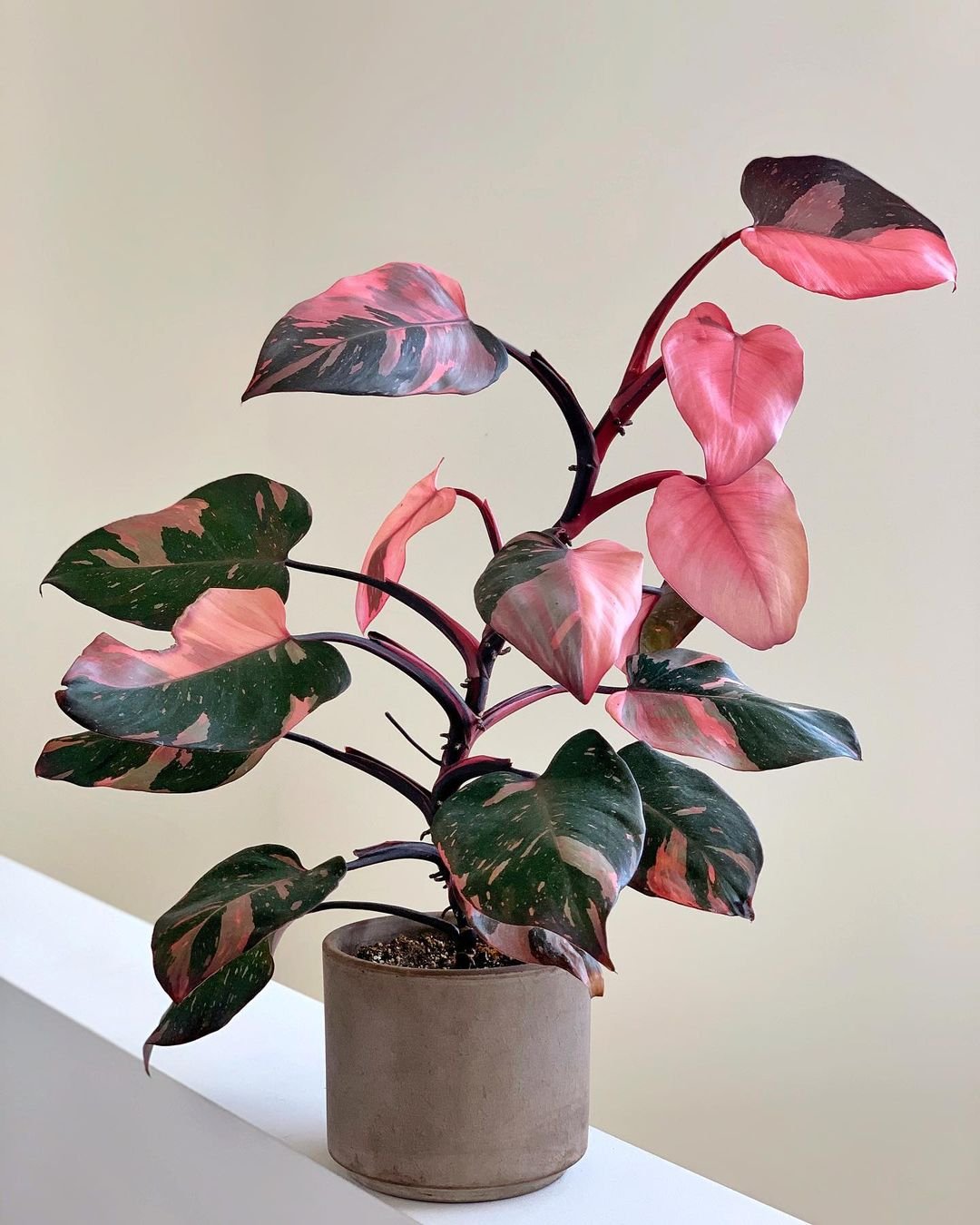
Why I Love It: Hardy and effective at removing formaldehyde.
Care Tips: Let soil dry out; thrives in low light.
Read My article The Ultimate Guide to Growing and Caring for Philodendron Red Congo
12. Boston Fern (Nephrolepis exaltata)
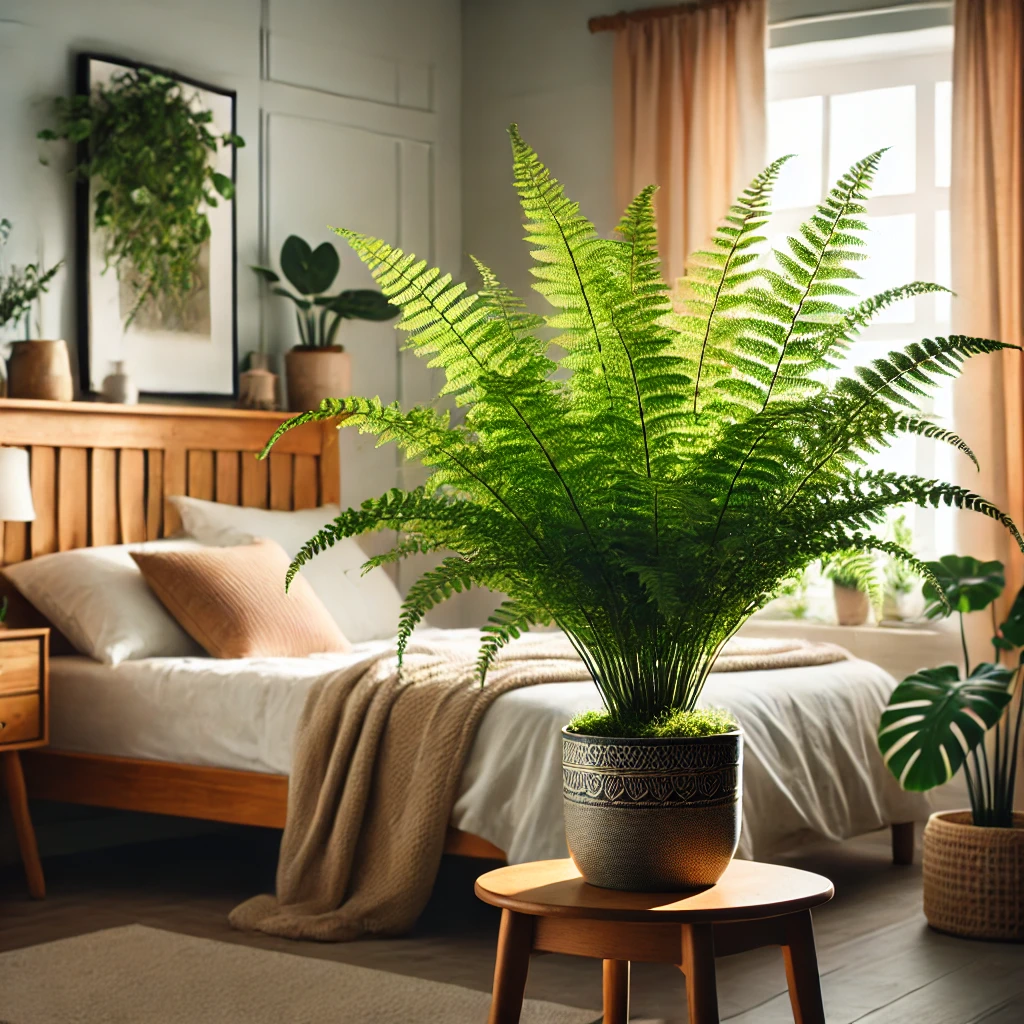
Why I Love It: Acts as a natural humidifier—great for dry winters!
Care Tips: Mist daily; indirect light.
13. Gerbera Daisy (Gerbera jamesonii)
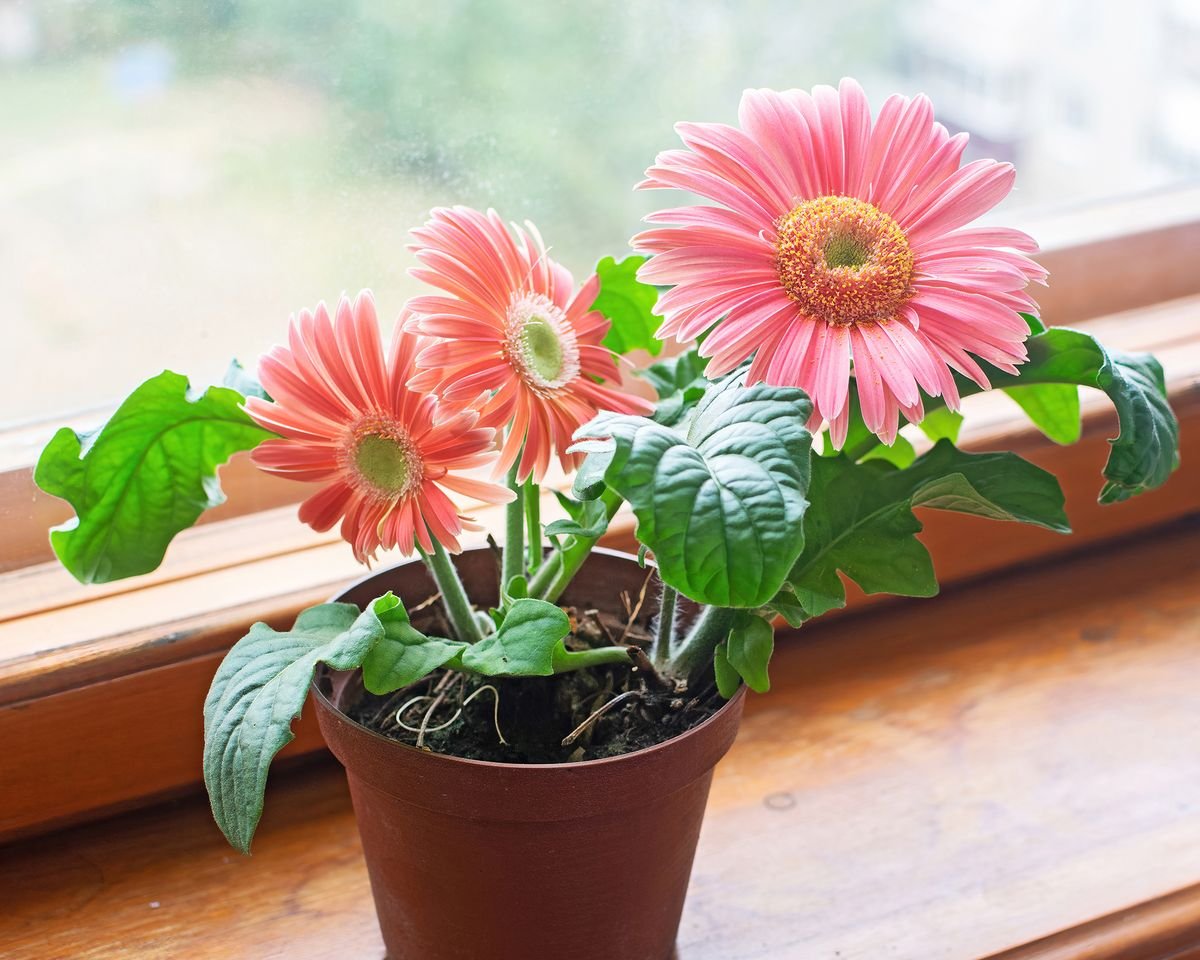
Why I Love It: Bright flowers + nighttime oxygen release = happy sleep!
Care Tips: Full sun; water deeply.
Read My article White Gerbera Daisy : A Complete Guide to Growing and Caring for This Elegant Bloom
14. Chinese Evergreen (Aglaonema)
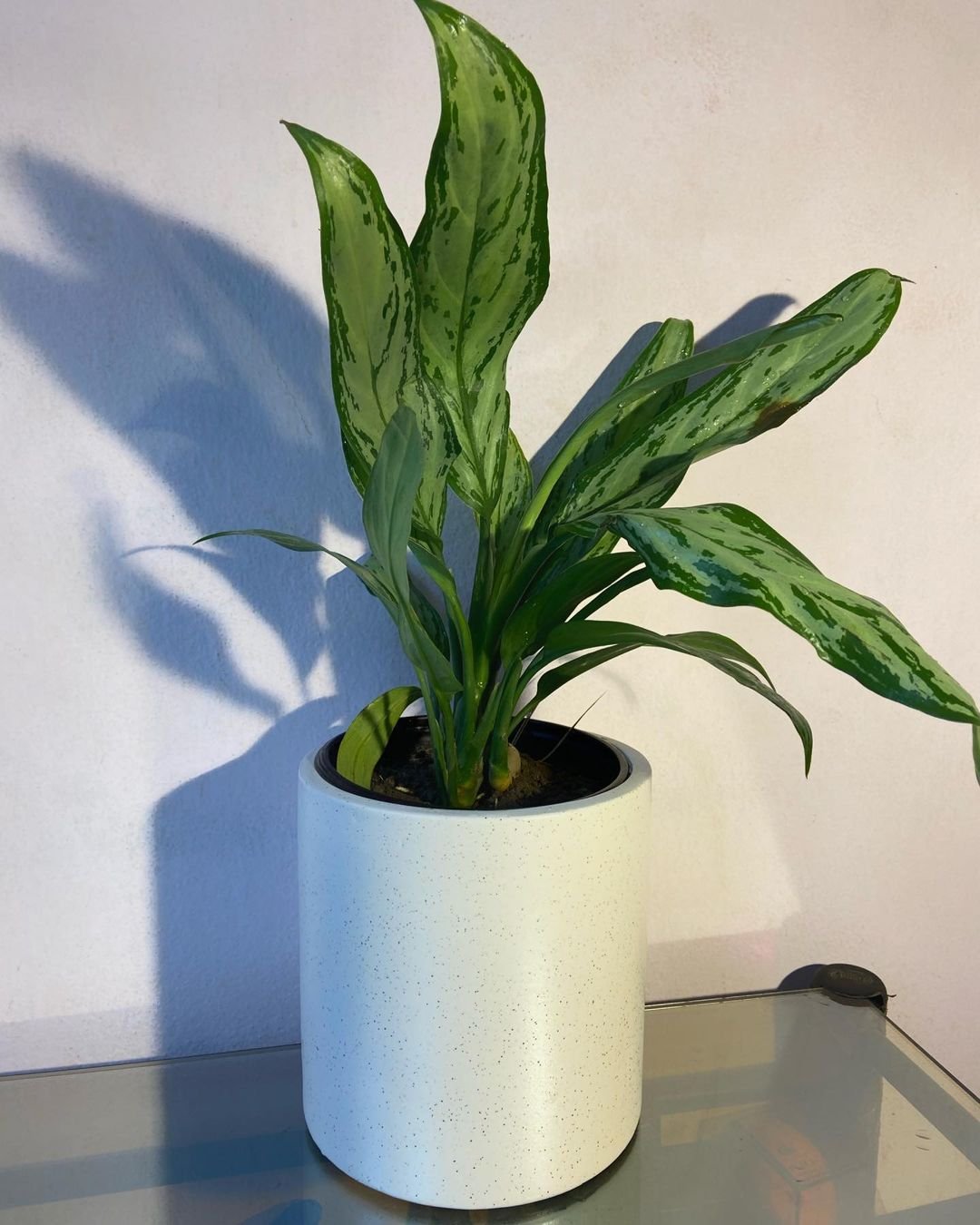
Why I Love It: Thrives in low light and filters multiple toxins.
Care Tips: Water weekly; avoid drafts.
15. Valerian (Valeriana officinalis)
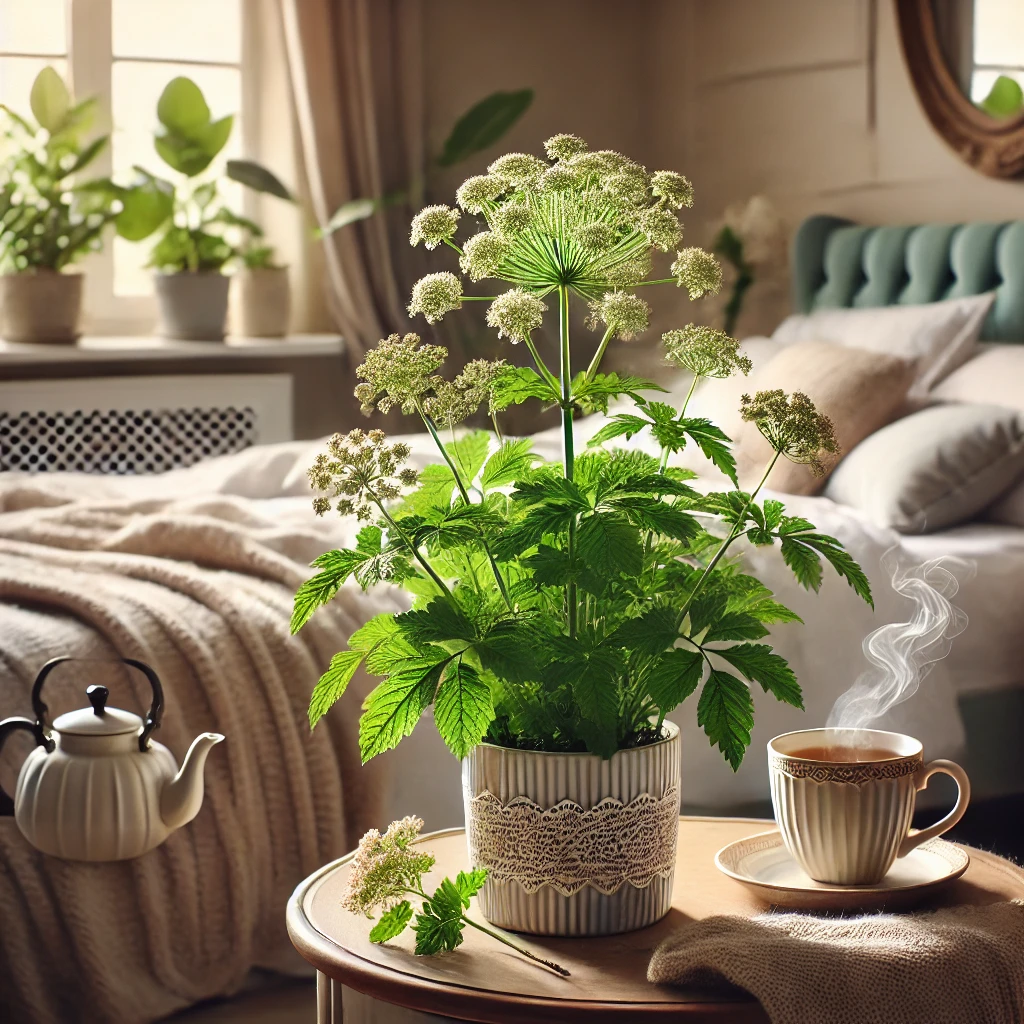
Why I Love It: Its roots are used in sleep teas. Just smelling it can relax you!
Care Tips: Full sun; moist soil.
Tips for Keeping Your Bedroom Plants Thriving
- Don’t overwater: Most bedroom plants prefer drier soil (check with your finger!).
- Dust leaves: Clean leaves help plants breathe better.
- Rotate pots: Ensures even growth toward light.
For more care tips, check out my Indoor Plant Care Guide.
FAQs About Bedroom Plants
Q: Can plants really improve sleep?
A: Yes! Plants like lavender and jasmine reduce stress hormones, per Healthline.
Q: Are these plants safe for pets?
A: Most are, but avoid lilies if you have cats. See the ASPCA’s list for details.
Ready to Transform Your Bedroom?
These 15 plants have helped me and countless readers create healthier, more relaxing bedrooms. Start with 1-2 low-maintenance picks (snake plant or pothos are foolproof!), and watch your space—and sleep—bloom.
For more gardening tips, explore my guide to air-purifying plants or learn how to style plants in small spaces.
Sweet dreams and happy planting! 🌿💤
—Ashley Scott, USA Garden Hub
External Sources Linked: NASA, Sleep Foundation, Healthline, ASPCA, EPA.





